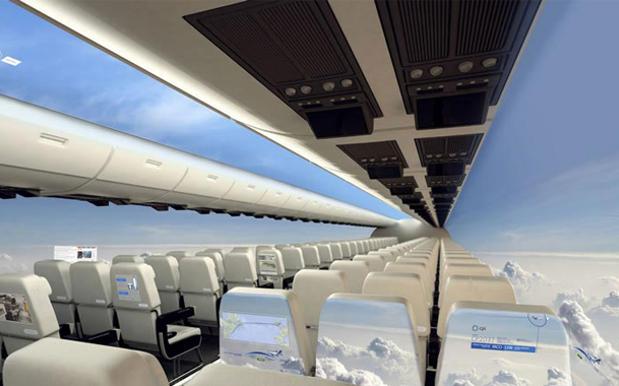
Flying is just about a necessity in this work-a-day modern world. Whether it be commuting for work, travelling abroad on business, expanding your own network, or simply to make great party in a different part of the globe, strapping yourself in to a jet-powered sardine tin of farts has become a regular occurrence in a lot of people’s lives.
But that doesn’t change the fact that for many of those people, flying can be a particularly nerve-wracking experience. The loss of control, the claustrophobia, the anxiety of time management, the worry that comes from not knowing exactly what that bump or grind or groaning noise is. All these play a big part in giving some people the shakes at 30,000ft. So this particular little nugget of news isn’t going to be very comforting, or helpful, to anyone with that affliction.
One of the great challenges in making air travel more affordable has been lowering the weight of the plane itself – if planes were lighter, they’d use less fuel, and thus airfares would drop. But it’s a hurdle that’s been historically too high to clear. Until now. A proposal from the Centre for Process Innovation that could be implemented within a decade puts forth the idea of building planes that are windowless.
On paper, that seems fine, right? Removing the view of the outside world and letting nervy passengers try and trick themselves into thinking they’re not rocketing through the heavens in an aluminium tube. Until you learn of what the plan to replace them is – turning the interior walls of the cabin into giant smart displays that project images of the outside surroundings via cameras mounted on the outside of the plane – effectively turning the whole goddamned cabin transparent.

The plan would work by replacing current cabin walls and windows – which are put a considerable strain on overall aircraft weight due to the materials needed to make them – with OLED (organic light emitting diode) displays. The proposal posits that it would make planes considerably lighter, and therefore help save on running cost (current fuel and plane materials account for 80% of total flight weight).
Though it is some way off at the moment, due to OLED’s being susceptible to moisture – necessitating them being encased in inflexible glass – the organisation is confident that it’s a conversation manufacturers should start having, as the technology is continually being researched and improved. Soon, planes wrapped with “digital wallpaper” could well become a reality.
If this is what it takes to get international airfares down by a couple of hundred bucks a pop, I think I’m willing to take the added white knuckle pressure. Though I might need 10 years or so to work up to it.
Photo via CPI.
via Business Insider.



